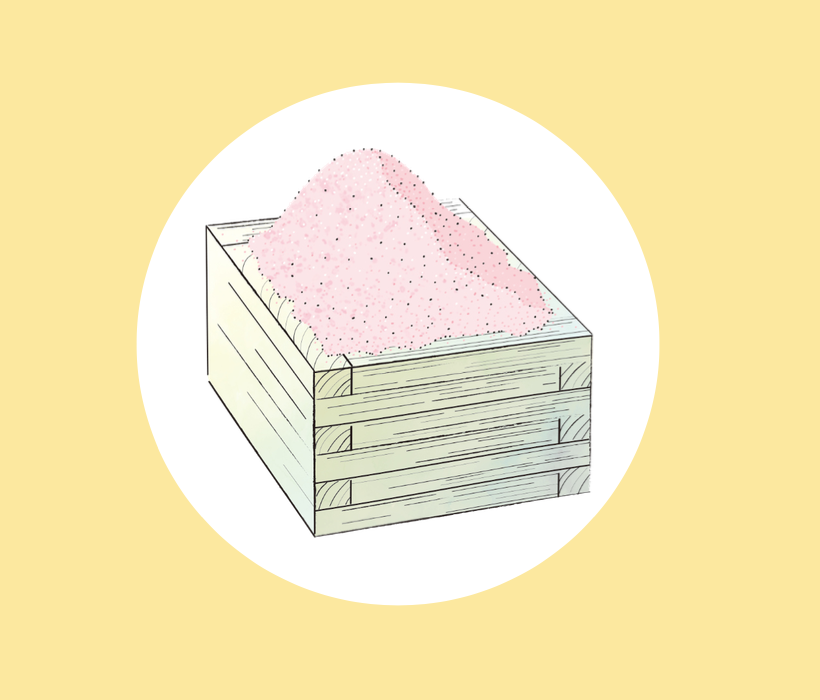Recipe Format
Setouchi cooking is about taking whatever seasonal foods are available from the garden and found at the market and making them delicious and varied primarily through the way in which the dish is seasoned. For many recipes, the main ingredients consist of just one food, typically not more than a handful of main foods, and pretty much any main food in a recipe can be swapped out and changed with a similar type of food.
What’s key to a recipe is how the main foods are seasoned with combinations of sweetness, saltiness, acidity, and umami to enhance and harmonize their essential flavors and then finished with one to three accents of flavor to provide additional notes of aroma, color, texture, and taste. It’s these seasonings, aromatics, and flavorings that make a dish truly distinct. A dish with a pleasing balance of flavor, a sweet-sour or salty-sweet taste, or one that is more deliciously rich-tasting. Or a dish with spiciness, pungency, or heat. The seasonings, aromatics, and flavorings are also ways to heighten the health properties of a dish, make them more decorative, and provide a seasonal allusion. The possibilities are endless and also very creative because the flavor of a dish can vary by, say, what type of stock you use, or what type of oil, sweetener, salty seasoning, acid, or umami-rich seasoning.
The very important role of seasonings is why Japan has created over the centuries a range of great, core and complex seasonings, and also master sauces based on them. Seasonings that are well-made, subtle, and well-balanced tastes of nature’s essences and often delicious simply on their own, like soy sauce. Japan’s seasonings are the secret to the irresistible deliciousness and harmony of Japanese cooking. Their use is the reason the country’s cooks are so good at making any foreign style of cuisine taste better.
The format for the recipes enables you to cook better with the seasons as much as to help you make a particular dish. They’re laid out to provide greater ease and flexibility in making substitutions and adjustments and enable you to adapt the recipes to your pantry of ingredients, taste, and preferences.
Makes: Amount or Servings
Main Foods:
Most recipes are based on a featured food plus a few companion foods. Usually not more than 1-4 in total of:
Vegetables and seaweeds
Mushrooms
Beans, nuts and other seeds
Proteins like seafood, tofu, eggs, chicken, and other meats
Rice, other grains, and noodles
Fruits
Foreign-inspired dishes often have a greater number of main foods.
Seasonings:
Core Umami — Dashi, sake, oils, and fats like butter
Sweet — Sugar, honey, etc.
Salty — Sea salt
Acidic — Citrus juice, rice vinegar, etc.
Complex Umami — Hon-mirin, soy sauce, miso, cheese, other dairy, etc.
Thickeners such as potato starch, cornstarch, flour, etc.
Aromatics / Flavorings:
Herbs, spices, citrus, other fresh foods, seasonings, oils, etc.
Japanese dishes usually have 1-3 added at the end to finish a dish.
Foreign-inspired dishes often have more, with some added during cooking.
Directions: How to assemble the recipe.
Serve: Whether to serve it warm, at room temperature, or chilled and recommendations for seasonings, sauces, and condiments to put on the table.
Variations / Substitions / Notes: As appropriate.
A Few Notes:
Less is more in terms of each category of ingredients—main foods, seasonings, and aromatics and flavorings. You want to feature the flavors of the main foods and also not over-power them with the seasonings.
The cook isn’t the only one in the kitchen in the Setouchi. The eater is too. When a dish is served, a variety of condiments should be put on the table so that the eater can further season and flavor the dishes according to their own tastes, and in this way, make eating an even more pleasurable experience than it already is.
This format is different from recipes that list ingredients in the order in which they are used. Given that such information is provided in our directions on how to create the recipe, this kind of list is redundant.
Ingredients can have multiple functions in a recipe. Some foods like citrus can be foods, seasonings, and flavorings. Oils can be both seasonings and flavorings. Many seasonings can also be used as flavorings. In these cases, we list the ingredient more than once, so that you know what effect it will have if you swap it out for another type of similarly functioning food.
Cooking this way requires the cook to be familiar with the characteristics of the ingredients. For example, if you use honey or hon-mirin instead of sugar as a sweetener, it’s helpful to know that honey is 80% sugar and hon-mirin 48% sugar versus 100% sugar for granulated sugar. You also need to be mindful that you are increasing the liquid content in the dish, which may require a tweak elsewhere in the recipe.
In general, though, all the recipes can easily accommodate changes and modifications in the items used. The metric system comes in very handy when swapping ingredients because it’s based on units that express the physical dimensions of nature.
